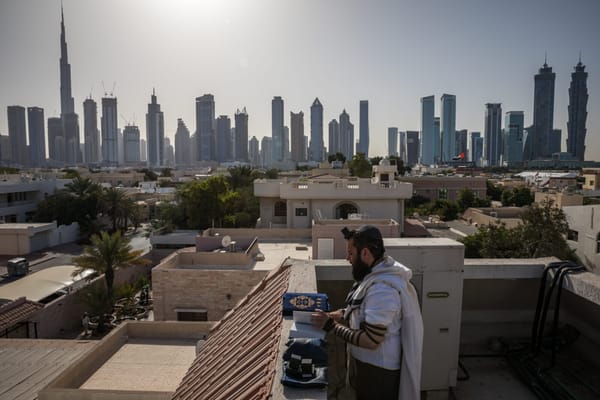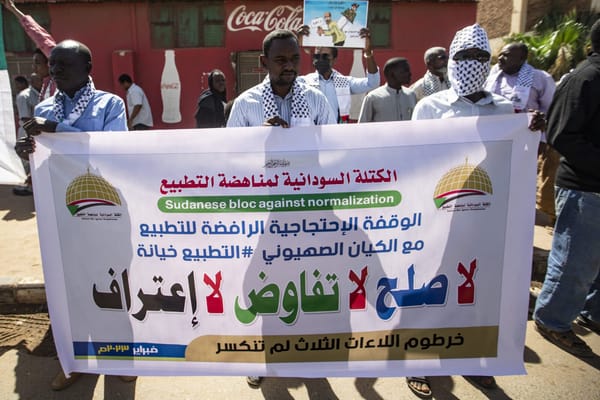Rolling Back Egypt's Agrarian Reform
The publication in 1988 of the fifth Egyptian agricultural census, conducted mostly in January 1982, provides the most accurate and comprehensive description to date of the changing patterns of landholding and ownership of agricultural assets over the 20 years following President Nasser’s land refor









